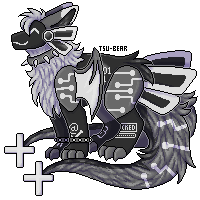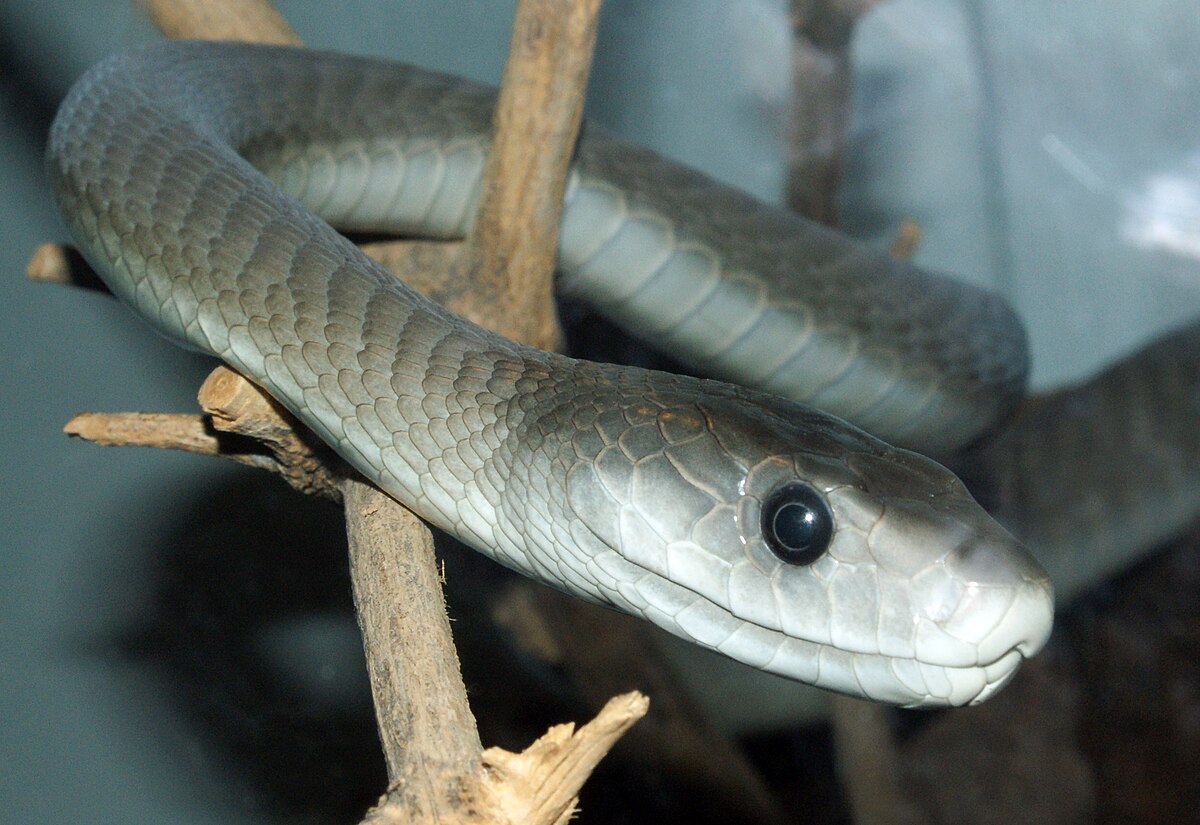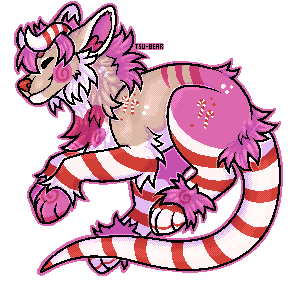Username + ID: Plaga 977187
Plate Dragon Name: Wisteria
Prompt:
What she’d love is definitely the Iceland and especially, its horses.

With her passion towards her little equine brothers, she knows a lot of interesting breeds and has met many wild horses on her way, she hasn’t yet met an Icelandic one nor seen their unique features in person. While it may sound unusual, she definitely wouldn’t be the first drawn to the lands of Iceland through the charm of its horses. After all, the Iceland is home to roughly one horse for every four people, which already shows their importance in this realm. When the first Norse Viking settlers arrived in Iceland in the year of 874, they brought their Viking horse breeds and belief system with them, and so the Icelandic horse became ingrained in the very fabric of Icelandic culture - preserved in isolation for centuries. Every Icelandic horse can leave the country once in its lifetime in order to keep the breed pure, so every decision of emigrating with them is a weighty one. In Icelandic language, there’s also over 100 words to describe their colors.

What else is unique about them that caught her eye? Definitely their personalities and very essence. They’ve always dealt with harsh Icelandic conditions of course, and so coming with them harsh winters and even volcanic eruptions, proving their exceptional hardiness. But despite their harsh surroundings, their inner self is incredibly friendly and warm. Their most known trademark, of course is also their capability of two extra gaits (that came to existence thanks to the Vikings’ selective breeding) atop of being capable of the ones every other breed is (walk, trot and gallop/canter) - namely
tölt (Coming from the word tölta which means „to march in step” and even further, meaning to shake or hesitate in Protoindoeuropean). Tölt is very smooth to ride as the horse always puts one or two hooves on the ground, there is no suspension phase between strides, which is the case in trot or canter. It’s a very useful gait in Iceland, allowing to easily navigate through rocky and uneven terrain.
The other one’s
skeið, called also a flying pace. It’s often ridden very fast on short distances, and it required the horse to do a lateral gait. While riding the flying pace, the horse puts both legs of one side on the ground akin to a human running - and while performed at said fast speed, there are points at which none of the hooves touch the ground, resembling „flying”. A horse can reach even 30 mph of speed while performing it. Not all Icelandic horses are able to perform the latter gait, though, as this capability is genetical and inherited from a mutation present in both parents.

While at first glance, many photos and films might show wild Icelandic horses, actually, most of them are tame horses released by their farmers into the mountains to graze. However, it’s estimated that in fact, there’s around a hundred of actual wild horses in Iceland, which is lowkey one of Wisteria’s little dreams to encounter a wild herd, grazing and prancing somewhere nearby one of the many beautiful waterfalls, perhaps even joining them in gallop and run by their side…

Speaking of which, the visible on the pictures waterfall is Skógafoss — 60 meters tall and 25 meters wide. Thanks to how much water it sprinkles, in sunny days it’s often accompanied by a rainbow. While not the tallest in Iceland, it has an interesting story behind it. According to the legend, one of the first settler Vikings has hid a chest with treasure behind it in year 900, which later on was searched after by many daredevils. Finally, after years, the locals have found the chest but when they tied and pulled a rope by the ring attached to it, the ring fell off and the treasure got irreversibly lost. They donated the remaining ring to the church, which now is stored by the local museum, said to be the same
ring that once was attached to the legendary chest.

Another amazing place she’d definitely check out is Ásbyrgi canyon, even more crucial to the horse-related mythology. Besides its beauty, it also holds a significance in folklore, said to be an imprint made mid-air by Sleipnir — the eight-legged horse of the highest of gods in Norse mythology, Odin. As a deity patron of her native forests, she naturally displays appreciation towards local legends surrounding nature - and she loves to hear anything mortals come up with to show appreciation towards the gods and the beauty of landscapes around them.
 all photo credit goes to Drew Doggett, Carolin Giese and public domain
all photo credit goes to Drew Doggett, Carolin Giese and public domain







































